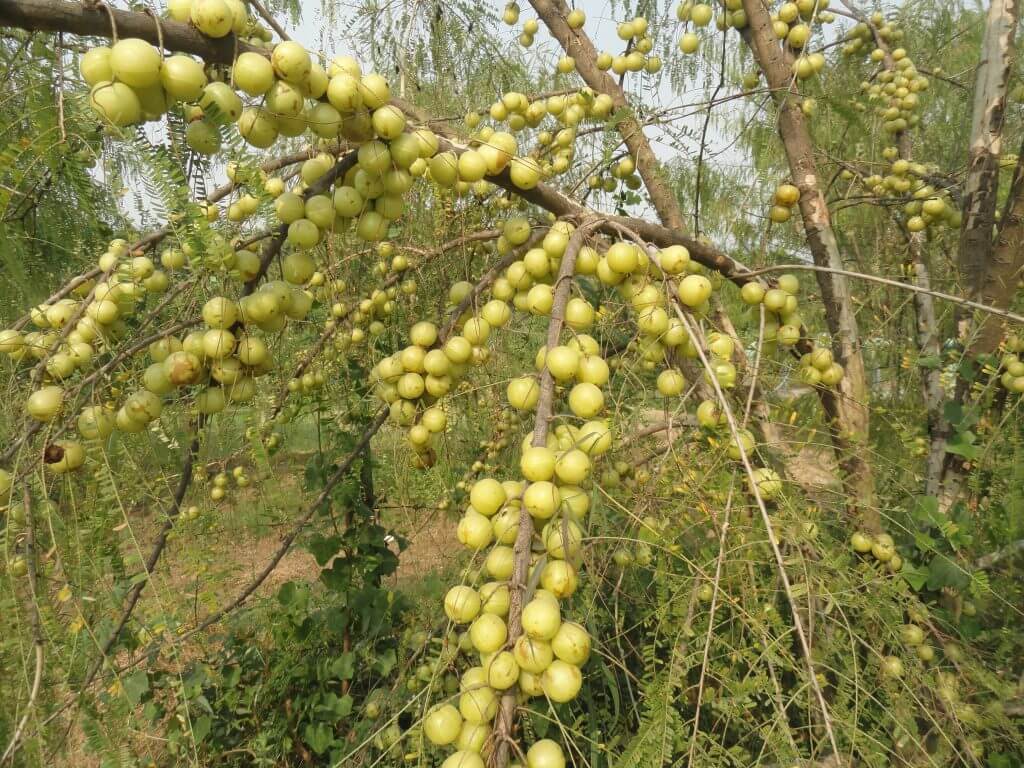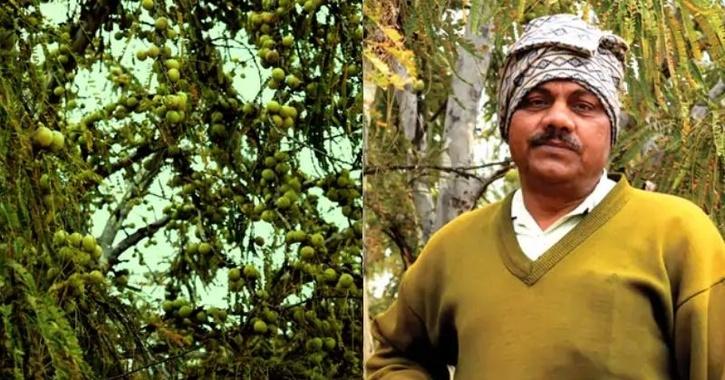Today is Akshaya Navami, also known as Amla Navami. Amla (Akshay) Navami is celebrated every year on the Navami Tithi of Shukla Paksha of Kartik month. This festival is to show gratitude towards nature. It is believed that on this day, sitting and eating under a gooseberry tree destroys diseases. Women perform this puja for the health and well being of the family. On this occasion, we are telling you the story of a farmer from Bharatpur district of Rajasthan, who made a lot of headlines by developing gooseberry plantations.
Today we are talking about Amar Singh, a resident of Panghor Nagla Suman, a village in Kumher tehsil of Bharatpur district. Let us tell you that this is a village where most of the people have work at home. The people of every house here are associated with some employment or business. Amar’s financial condition was not good during 1996-97. He used to do traditional wheat-mustard cultivation to feed his family and used to drive small vehicles to transport goods.
Table of Contents
The responsibility of the whole family was on Amar.

Amar used to feed his family somehow, but he could not save money for other expenses like Panghor, Nagla education of children. Often Amar used to be immersed in this thought, one day when he came out with his car, a lot of time passed and he suddenly felt hungry, so he sat at a shop in the potter market and bought samosas from the shopkeeper sitting there and started eating it.
The idea of cultivating gooseberry got from the newspaper

Amar had a very old habit, whenever he eats something, he definitely reads that paper. That day too he did exactly the same thing, after eating the samosa, Amar started reading that piece of newspaper, from which he came to know about the benefits of gooseberry and just then what was Amar decided to cultivate gooseberry. When Amar told about this idea to his mother and wife, she did not agree and forbade them to do so.
Supervisor of Horticulture Department helped
After a lot of persuasion by Amar, he agreed and his wife Urmila said – if you have thought, then definitely do it, whatever happens, we will bear it. Amar’s first problem in starting gooseberry cultivation was in arranging his plants. When Amar talked to the people of the Horticulture Department, he said – follow goat, do fish farming, but do not do this because no one grows amla in Rajasthan, but Amar did not back down from his decision, then Subaran was the then supervisor in the department. Singh (Subaran Singh) helped them and arranged for gooseberry plants at the rate of Rs 19 per plant.
Mother and wife also supported Amar
According to Amar, they do not get insects quickly and neither do animals harm them. When Amar brought home the gooseberry plant, his mother and wife with great effort and enthusiasm started the work of planting it in the fields. Everyone worked hard day and night and planted a gooseberry plant on 6 bighas of land. When these plants grew, the people of the horticulture department reached his house to see the plants. After that everyone started coming to see it.
Used to earn from 3 to 4 lakh rupees annually

In the beginning, Amar used to sell gooseberries only raw, from which he used to earn from 3 to 4 lakh rupees annually. When there was no gooseberry crop, Amar cultivates vegetables in these fields, from which he used to earn a lot. Often people used to demand Amar to buy gooseberry jam and pickle. Inspired by this, he started the work of making it.
Now earns 10 lakh rupees annually
To make Amar murabba and pickles, Amar hired 25 women from the village, who do everything from boiling the gooseberry indigenously without using any chemicals to dipping it in sugar syrup. When the problems increased during the time of lockdown, they have handed over most of the work to the machines, due to which now only 10 to 12 women work. According to Amar, after the processing of gooseberry, they earn up to 10 lakh rupees annually. There is a lot of demand for his murabba in the whole area.


























